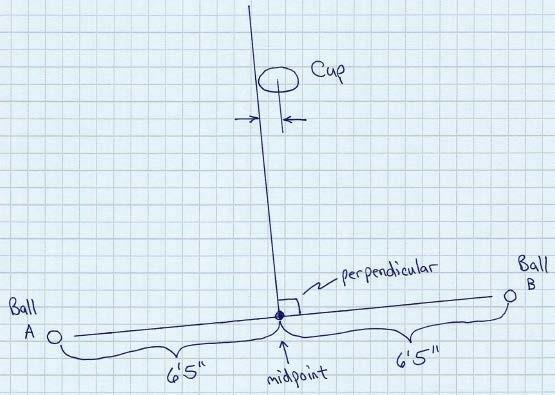Golf Swing Mechanics: The Perfect Blend of Geometry and Kinematics
Golf is a sport that requires a unique combination of skill, precision, and technique. From mastering the perfect swing to understanding the complex geometrical and kinematic principles at play, golfers must navigate a sea of factors to achieve success on the course. In this article, we delve into the fascinating world of golf swing mechanics, exploring how the interplay between geometry and kinematics can unlock the secrets to a powerful and consistent swing.
Geometry, as applied to golf, plays a vital role in determining the optimal angles, positions, and alignments that together form the foundation of a successful swing. The golf swing is essentially a rotational motion that involves a series of coordinated movements designed to propel the ball with maximum distance and accuracy. By understanding the geometric principles that underpin the swing, golfers can fine-tune their technique to achieve optimal results.
One key geometric consideration in the golf swing is the concept of the swing plane. The swing plane refers to the imaginary 3D plane along which the clubhead should travel throughout the swing. By maintaining a consistent swing plane, golfers can ensure that the clubface makes solid contact with the ball, resulting in a straight and powerful shot. Any deviation from the ideal swing plane can lead to mishits and inconsistencies in ball flight.
In addition to the swing plane, the angle of attack is another critical geometric factor that influences the trajectory and spin of the ball. The angle of attack refers to the angle at which the clubhead strikes the ball relative to the ground. A shallow angle of attack is conducive to achieving a high launch angle, while a steeper angle of attack can produce a lower, more penetrating ball flight. By adjusting their angle of attack, golfers can tailor their shots to suit the demands of different situations on the course.
Kinematics, on the other hand, deals with the study of motion and the forces that govern it. In the context of the golf swing, kinematics helps golfers understand how the body moves and rotates to generate power and speed. Proper sequencing of movements, efficient weight transfer, and optimal rotation of the hips and shoulders are all essential components of a kinematically sound golf swing.
One of the key principles of kinematics in the golf swing is the concept of the kinematic sequence. The kinematic sequence refers to the sequential and coordinated activation of body segments during the downswing, culminating in the transfer of energy from the ground up through the body and into the clubhead. By mastering the kinematic sequence, golfers can maximize their clubhead speed and achieve greater distance off the tee.
Another important kinematic consideration in the golf swing is the role of rotational forces. Rotational forces, generated primarily by the rotation of the hips and torso, play a crucial role in generating clubhead speed and power. By harnessing the synergistic relationship between rotational forces and proper body mechanics, golfers can unleash the full potential of their swing and achieve consistency in their ball-striking.
In conclusion, the intricate interplay between geometry and kinematics lies at the heart of the golf swing mechanics. By understanding and applying the fundamental principles of geometry and kinematics to their swings, golfers can unlock new levels of performance and precision on the course. Mastery of these concepts, combined with diligent practice and dedication, can lead to an improved golf game and a deeper appreciation for the art and science of golf.
